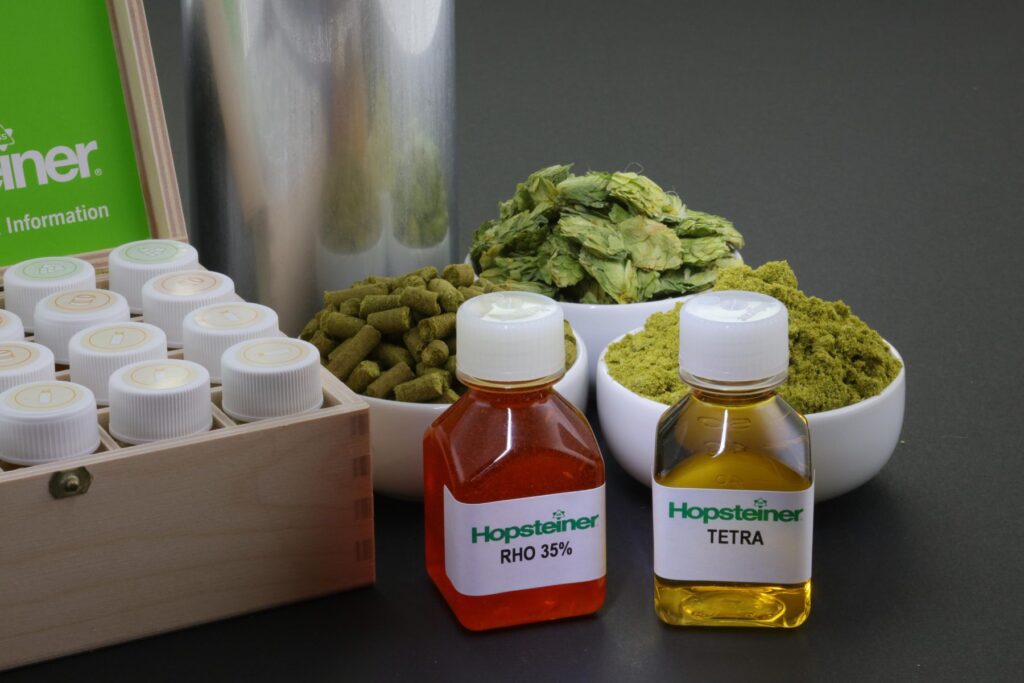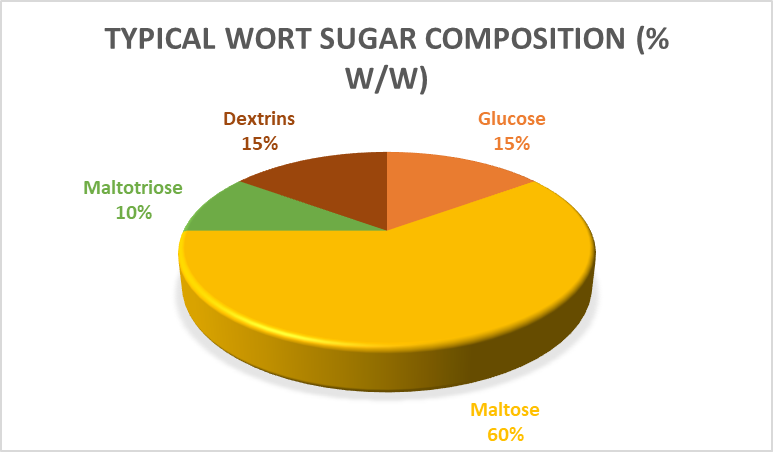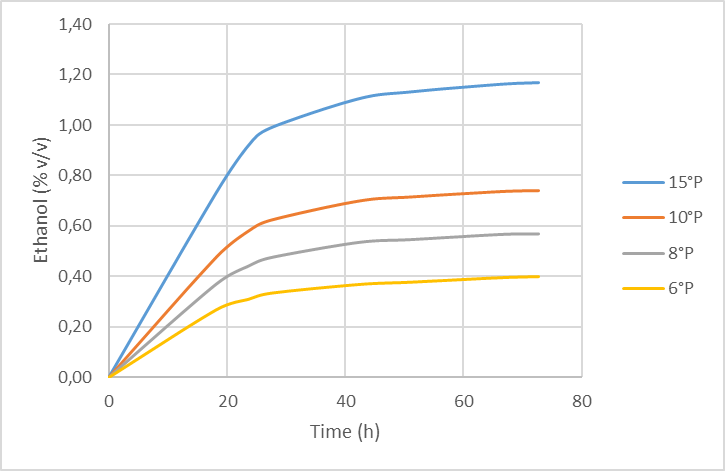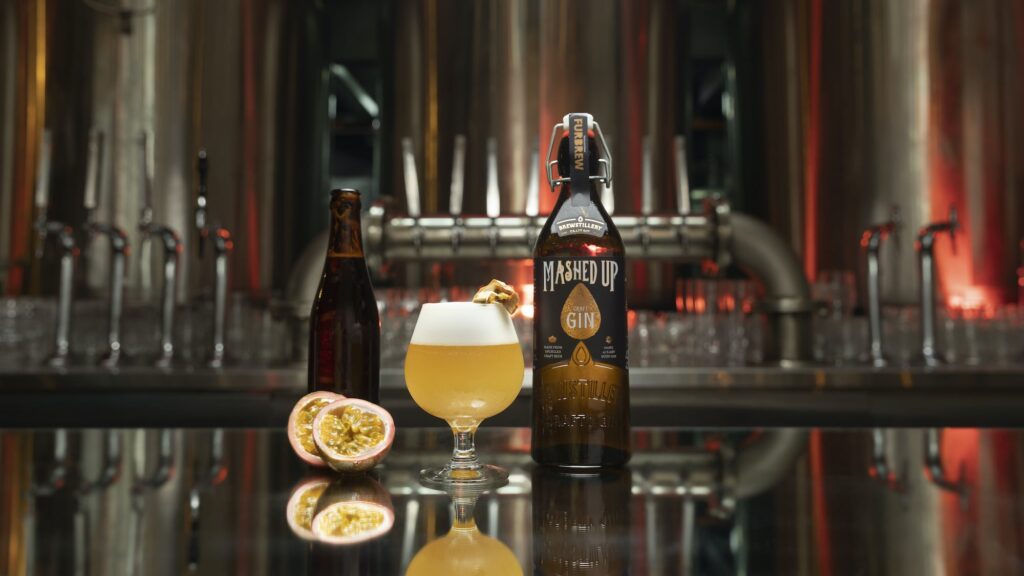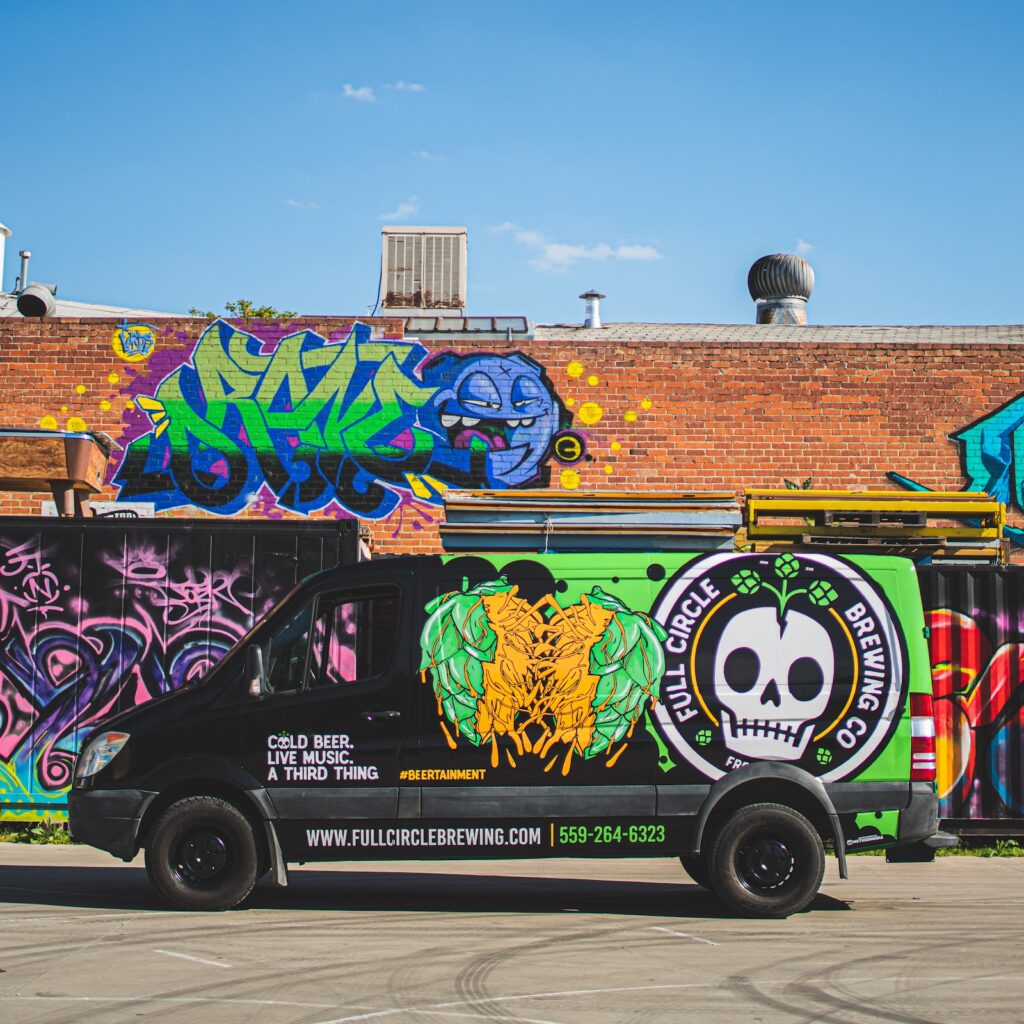
By: Becky Garrison
Jason Parker, co-founder of Copperworks Distilling Company in Seattle, Washington and a native of Kentucky, may distill American Single Malt whiskey. Still, his collection of 600 bourbon bottles speaks to his love of this particular whiskey. “Whiskey made from corn produces a lighter and oiler texture than other whiskeys such as Scotch, Irish, Canadian or Japanese rye.”
Tom Jones, Global Brand Ambassador for Kentucky Owl, offers this succinct history of bourbon. “Immigrant farmers discovered ways to turn wheat, rye and corn into dollars, which flowed all the way down the Mississippi, fueling celebration on the streets of New Orleans.”
While some claim bourbon was named after Bourbon Street, others like Jay Erisman, co-founder of New Riff Distilling in Newport, Kentucky, believe the name came from Kentucky’s Bourbon County, where this spirit emerged.
In summarizing the history of bourbon, Parker reminisces how modern expressions of whiskey have someone named Beam as their master distiller or on their board of directors. This points to the brotherhood and family network of individuals who have distilled Kentucky Bourbon since the 1700s.
For example, Buffalo Trace Distillery, an award-winning distillery based in Frankfort, Kentucky, has a rich tradition dating back to 1775. According to Kristie Wooldridge, Buffalo Trace’s PR associate manager, Kentucky has many unique natural features that make it the ideal location for producing bourbon. “We experience all four seasons, which plays a big role in the aging process, and our water is naturally limestone-filtered. Early settlers found Kentucky’s ground to be quite fertile for growing corn, an essential ingredient for bourbon, and put down roots here. The rest is history.”
Jones cites Kentucky’s natural resources as contributing to the quality of Kentucky Owl’s bourbon, which it’s been distilling since Charles Mortimer founded the distillery in 1879. “The blue limestone-filtered water provides us with a good supply of clean, fresh and filtered water unlike anywhere else.”
In addition to using water to produce bourbon, the water also feeds the growth of raw materials. Also, in Jones’ estimation, the hot summers and cold winters provide the perfect conditions for bourbon to expand and contract, passing in and out of the oak barrels. “This gives us color, mouthfeel, and flavor,” he said.
Defining Bourbon
For a U.S. spirit to be labeled “bourbon whiskey” by the TTB, it must not exceed 80% alcohol by volume (160 proof) from a fermented mash of not less than 51% corn and stored at not more than 62.5% alcohol by volume (125 proof) in charred new oak containers. New American wood imbues bourbon with a full-bodied flavor profile quite different than barrels from Europe and Scotland. Due to the difficulty in sourcing new American oak, bourbon is produced primarily in the United States.
Straight bourbon whiskey has been stored in charred, new oak containers for two years or more, and may include mixtures of two or more straight bourbons, provided all are produced in the same state. Blended bourbon whiskey is the classification for bourbon produced in the U.S. containing not less than 51% of straight bourbon. The TTB does not specify the requirements for the remaining 49% ingredients, thus allowing for considerable creativity among distillers.
Distillation processes typical to the Kentucky whiskey-making regimen differ from the Celtic traditions. Erisman told Beverage Master Magazine, “We distill ‘on the grain,’ meaning that the still is fed with both liquids and the ground grains from the mash. This extracts more flavor from the grains than in other distilling traditions.”
While Kentucky may be considered the home of bourbon, one can find distilleries throughout the U.S. producing this spirit. Molly Troupe, Master Distiller at Freeland Spirits in Portland, Oregon, speaks to the regional differences inherent in bourbon distilled outside of Kentucky. “Each of those ingredients has their own nuances, particular to the region that they are grown, that makes them special.”
Following are some examples of bourbons distilled in different regions of the United States.
30A Distilling Company (Santa Rosa Beach, Florida) – Like many small-batch producers, 30A Distilling founder Brian Rabon sources his bourbon. He describes 30A’s process for making bourbon as “distilled in Indiana, rested at Sugarfield Spirits in Louisiana, and then finished at 30A Distilling Company.” Like its other spirits, its Blue Mountain Beach Bourbon (81.4 proof) is named for one of the local Florida beaches. The mashbill is very rye forward at 36%, which gives this bourbon some spicy and peppery notes. Also, Rabon produces a lower-proof version that allows for sweeter corn notes.
The Aimsir Distilling Company (Portland, Oregon) According to co-owners Christine and Steve Hopkins, the Pacific Northwest’s cooler, drier environment affects how the bourbon extracts from the barrel. Steve, head of production, told Beverage Master Magazine, “Even though we’re using new oak barrels, our bourbon does tend to extract a little bit slower from the wood. So you get more of the mashbill flavor and less of the barrel flavor.”
Aimsir uses 51% corn and 45% wheat for its mashbill, resulting in a high-wheated bourbon with a smooth flavor, bottled at 94.5 proof. The bourbon ages between four and four and a half years, with distillers testing the barrel periodically after the fourth year until it gets to that sweet spot. “If you age it too long, you start to get too much barrel notes,” Steve Hopkins said.
Alchemy Distillery (Arcata, California) – When they first started their distillery, co-owner and head distiller Amy Bohner said they made batches of 100% single grains to get to know each grain’s flavor profile. “Being able to choose which corn, rye and wheat makes each batch unique. And every batch for us is a single barrel, so the options for our mash bills are vast.”
Alchemy chose to work with local farmers and keep the grain in whole form until milling the day of the cook. According to Bohner, this ensures optimal freshness, similar to grinding beans just before making a cup of coffee.
Brother’s Bond Bourbon (Fort Smith, Arkansas) Co-founder Paul Wesley describes Brother’s Bond Bourbon as hand-selected, four-grain, high rye, straight bourbon with the grain flavors optimized. It is distilled in a copper column and copper pot-doubler, aged four years in virgin American Oak, staves charred #4 and heads charred #2, and chill-filtered once at a distillery in Lawrenceburg, Indiana. Then the bourbon is bottled at 80 proof, 135 barrels at a time, and distributed at Brother’s Bond’s facility in Fort Smith, Arkansas.
Ian Somerhalder, co-founder, highlights their commitment to sustainability. “We partner with organizations that use sustainable and regenerative practices to combat climate change. Also, we aim to use our platform to help reverse climate change by giving back a portion of proceeds to support regenerative farming practices.”
Freeland Spirits (Portland, Oregon) – According to Molly Troupe, Freeland Spirits’ bourbon is a sourced whiskey, which means that only the aging and blending take place at the distillery. Distillers finish the bourbon in Pinot Noir barrels, where it sits for about six months. Then, they select barrels for blending, adding water to bring the bourbon to bottle-proof.
In Troupe’s estimation, one of the best parts of living in the Pacific Northwest is its proximity to makers of all kinds. For example, through their relationship with Elk Cove Winery, they get barrels delivered to them the day they are dumped.
Hood River Distillers (Hood River, Oregon) – Hood River distillers purchase bourbon in barrels from a source in Kentucky. Then, they experiment and manipulate the bourbon through those barrel finishes, which Master Distiller Joe O’Sullivan finds best define the region and complement the flavor of the base spirit itself. He told Beverage Master Magazine, “By finishing the same spirit in various, unique regional casks, we focus entirely on the Northwest and its culinary strength.
Maverick Whiskey (San Antonio, Texas) – Maverick Whiskey pays homage to founder Kenneth Maverick’s storied Texas roots and the family patriarch Sam Maverick (1803-1870). Its Texas Straight Bourbon Whiskey mash, which consists of locally sourced corn and rye, is distilled in a hybrid pot still, a combination of a pot still and a column still. As the bourbon ages, it gets proofed to 88, using reverse osmosis filtered water and then non-chill filtered, thus ensuring a bold flavor. In Head Distiller Kevin Graham’s assessment, the Texas grains –corn, in particular – are sweeter with a bigger flavor than grains grown elsewhere in the county. Also, the Texas Hill Country is home to artesian wells that produce hard water with a high carbonate, ideal for distilling spirits and making beer.
Mile High Spirits (Denver, Colorado) – Wyn Ferrell, co-founder of Mile High Spirits, distinguishes his distillery not by the spirits but by the people. “We have an amazing vibrant staff that produces our products with passion, heart and soul, but also has a lot of fun with music pumping and people dancing.”
Ferrell sources unique grain profiles from around the world for Mile High’s mashbill, which is distilled in a pot column hybrid from Germany-based Arnold Holstein Stills. As part of its commitment to regenerative agriculture, Mile High sends all its spent grain to a local rancher.
Port Chilkoot Distillery (Haines, Alaska) – Heather Shade, Port Chilkoot’s founder and co-owner, sources the distillery’s organic, certified non-GMO corn and Kentucky barrels from a barge that floats up the famed Inside Passage from Seattle to Haines once a week. Distillers cook, ferment and double-distill the bourbon mash on-site using a traditional method of open-fermentation, distill on-the-grain and a batch double distillation process. The bourbon is proofed down to barrel strength after distillation using water from their glacier-fed mountains and aged in a climate-controlled barrel house. According to Shade, “The unique water source and the stormy weather patterns/large barometric pressure swings here give their maturation a different character, more similar to the Scotch whiskies made in Scotland.”
Side Hustle Brews & Spirits (Slippery Rock, PA) Chad McGehee, Founder, Balmaghie Beverage Group (dba Side Hustle Brews & Spirits, Side Hustle Hops Farm, Balmaghie Artisanal Spirits), sees his core business objective to build a farm so they can produce their own artisanal spirits from farm to glass. Starting in May, they moved from sourcing their bourbon to producing their first runs of produced recipes. They will purchase their Western Pennsylvania historic grains from a neighboring farmer. In particular, the Jimmy Red Corn used historically by Western Pennsylvania moonshiners produces a higher sugar content than normal corn that results in a sweeter Straight Bourbon Whiskey with an ABV of 50%. Their mashbill, which is high in rye and aged for seven years, is mixed either in their single pot or in space they rent from other distillers as need be. Also, they use American White Oak, which has been cured in the rain, snow, heat, and cold for a full eight seasons before they are transformed by coppers into barrels.
